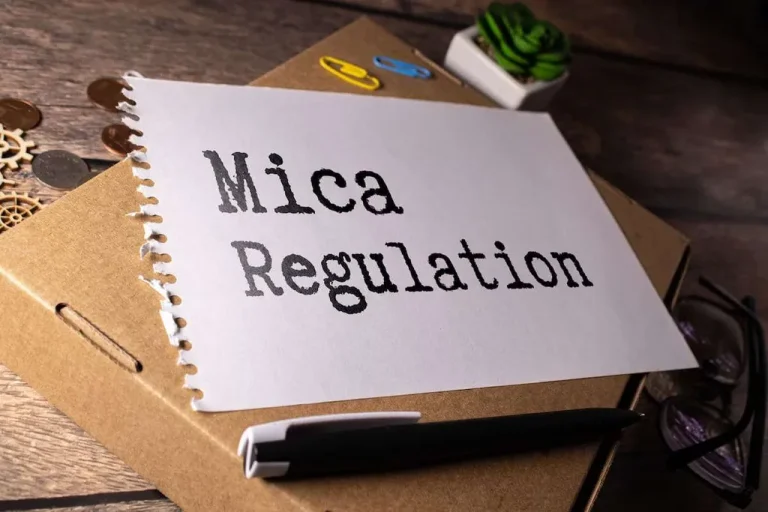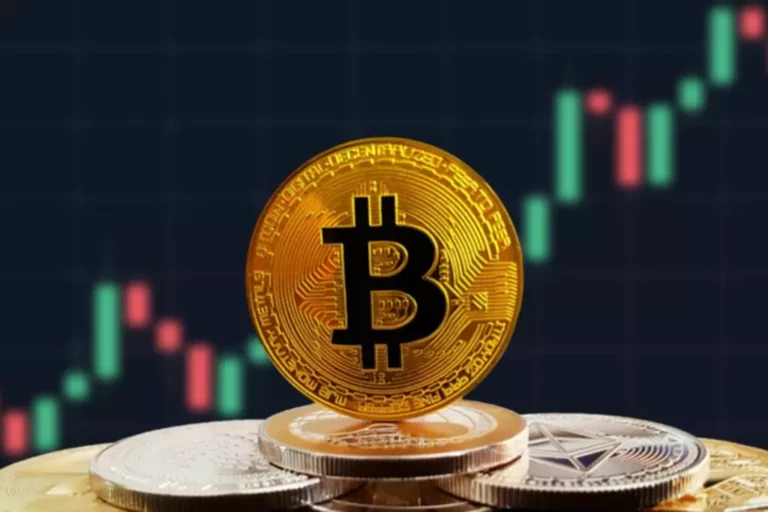Trading Volume: Analysis and Interpretation
Content
Then when markets finally open, people are able to finally trade on that news, and there is a lot of “price discovery” going on between market participants. Less Yield Farming Volatility – High volume stocks are less volatile as price changes are more fluid with the high volume of transactions processed. Stocks that change hands rapidly have fewer dramatic price changes. Similarly, the dollar value, which determines the total value of the shares that change hands over a specific period of time, can be used to determine the liquidity status of a security.
What Is Volume in Stock Trading? How Investors Can Use It
This means that this asset is currently used in a much larger number of trades than the average for a certain period. To get started, try them on a demo account, set them up in the strategy tester, and combine them with signals from other indicators. With the subsequent upward reversal, the volumes began https://www.xcritical.com/ to decline, which indicates not a new uptrend but a correction.
What Is the Difference between Trading Volume and Open Interest?
Volume tends to increase beginning in September, forex brokers by volume so the relative decline in volume could be a warning signal. Think of volume as a thermometer, gauging the temperature of investor interest in a particular stock. High trading volume indicates significant investor interest and liquidity, meaning you can buy or sell shares with minimal price impact.
Volume-weighted average price (VWAP)
- Index options have special features and fees that should be carefully considered, including settlement, exercise, expiration, tax, and cost characteristics.
- Therefore, for Cummins India, the volume for the day is 13,49,736 shares.
- While high volume often signifies strong interest in a security, it’s important to analyze other indicators to understand the market context and potential implications.
- So this is a self-reinforcing trend that has begun in the markets and will likely stick around.
The latest update to the NYSE Research page offers insight into recent trading and market quality trends in the U.S. equity market highlighting key liquidity, volume and volatility metrics. 4 Given potential latencies with off-exchange trade reporting, we checked this trend by measuring TRF volume by prices at increments of full penny, one-half cent, and sub-penny. We find that volume with one-half cent increments declined from 29% of TRF volume in January to 21% in June. The vertical one shows the activity of traders at the current moment compared with the previous period. Trading volumes are the number of stocks traded or the number of trades in a fixed period.
The green bar indicates that the current candle has more trading volumes than the previous one, while the red bar means less. In the chart above, you can see that volumes are represented by blue bars (at the bottom of the chart). The red line overlaid on the volume bars indicates the 10-day average. As you notice, all the volume bars that are over and above the 10-day average can be considered as the increased volume where some institutional activity (or large participation) has taken place. It’s easy to get started when you open an investment account with SoFi Invest. You can invest in stocks, exchange-traded funds (ETFs), mutual funds, alternative funds, and more.

Higher-than-normal tick volume at the beginning of the day implies higher volume throughout the day. Higher RVOL indicates increased liquidity in a stock, enabling traders to enter and exit positions quickly without impacting the price. Experienced traders may look to implement a scalping strategy to take advantage of the high RVOL. Stock volume is a tool to help you understand current stock trends. The S&P 500 is on pace for its second straight greater-than-20% full year gain.
J.P. Morgan Wealth Management is a business of JPMorgan Chase & Co., which offers investment products and services through J.P. Morgan Securities LLC (JPMS), a registered broker-dealer and investment adviser, member FINRA and SIPC. Insurance products are made available through Chase Insurance Agency, Inc. (CIA), a licensed insurance agency, doing business as Chase Insurance Agency Services, Inc. in Florida. Certain custody and other services are provided by JPMorgan Chase Bank, N.A. JPMS, CIA and JPMCB are affiliated companies under the common control of JPMorgan Chase & Co.

Volume is the number of shares or contracts traded over a specified period in any trading market, such as stocks, bonds, futures, and options. In the spot forex market, there is no true volume reported but tick volume is used. The risks of loss from investing in CFDs can be substantial and the value of your investments may fluctuate. 71% of retail client accounts lose money when trading CFDs, with this investment provider. CFDs are complex instruments and come with a high risk of losing money rapidly due to leverage.
Ratings are not recommendations to purchase, hold, or sell securities, and they do not address the market value of securities or their suitability for investment purposes. In my trading and teaching experience, using both volume and price indicators together enhances the accuracy of market predictions. This dual analysis can confirm the strength of a trend or signal a potential reversal. By leveraging this combined approach, traders can gain a better understanding of market conditions and improve their trading strategies.
The stock soared on Metaverse developments, the expanding market for electric vehicles with self-driving features, a brief rekindling of the crypto-mining trend, and more. Adam Hayes, Ph.D., CFA, is a financial writer with 15+ years Wall Street experience as a derivatives trader. Besides his extensive derivative trading expertise, Adam is an expert in economics and behavioral finance. Adam received his master’s in economics from The New School for Social Research and his Ph.D. from the University of Wisconsin-Madison in sociology. He is a CFA charterholder as well as holding FINRA Series 7, 55 & 63 licenses. He currently researches and teaches economic sociology and the social studies of finance at the Hebrew University in Jerusalem.
The further the price moves away from its average value, the less traders’ activity and the greater the possibility of a reversal. The volume is growing, traders are supporting the rising price, the number of buy orders is increasing, and activity is growing. Candle (2) could be a correction, but large trading volumes remain at their high. Volumes begin to decline on a candlestick (3), indicating the end of the uptrend. The price again turns into a flat with small fluctuations within the range.
Volume in stock refers to the total number of shares traded during a specific period, indicating the level of trading activity and investor interest in the stock. Investors who use technical analysis view volume as a significant indicator of movement in the market. Investors are more likely to see a change in the price of a stock as foreshadowing more movement in the same direction if the volume also increases during and after the price change. OBV is a cumulative indicator that adds volume on up days and subtracts volume on down days, showing whether buying or selling pressure is driving the price trend. A rising OBV signals buying pressure, while a falling OBV suggests selling.
Thus, this parameter can be used to analyze the dynamics of volume changes. Or as a corollary, whenever you decide to sell, ensure that the volumes are good. This means that you too, are selling, along with the smart money. To get the last 10-day average, all you need to do is draw a moving average line on the volume bars, and the job is done.